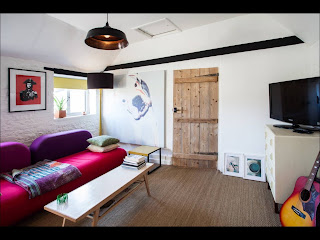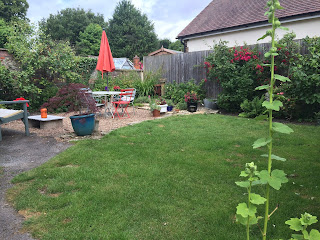Well it’s been
4 weeks since the Referendum vote and we have had a chance to reflect on
the momentous decision that the British public took. Many of you read the
article I wrote on the morning of the results. I had gone to bed the night
before with a draft of my Remain article nicely all but finished, to be
presented, at just after 5am, with the declaration by the BBC saying we were
leaving the EU. I don’t think any of us were expecting that.
If you want to read a copy of that original Post Brexit blog
post, please scroll back to late June to find it. In this article I would like
to take my thoughts on from that initial article and now start to see the
clearer picture as the dust settles on the UK, but more importantly, the Warminster
Property Market.
In case you weren’t aware, the residents of the Wiltshire
County Council area went against the National mood and voted as follows ..
Wiltshire
County Council Remain Votes 137,258 (47.5% of the vote)
Wiltshire
County Council Leave Votes 151,637 (52.5% of the vote)
Wiltshire County
Council Turnout 78.8%
I have been reading there is some evidence to
indicate younger voters were vastly more likely to vote Remain than their
parents and grandparents and, whilst the polling industry's techniques may have
been widely criticised, following them getting both the 2010 General Election
and the recent Brexit vote wrong, anecdotally, many surveys seem to suggest
there was a relationship between age and likelihood to support leaving the EU.
Interestingly, the average age of a Warminster resident is 40.8
years old, which is above the national average of 39.3, which might go someway
to back up the way Warminster voted? What I do know is that putting aside
whether you were a remain or leave voter, the vote to leave has, and will, create
uncertainty and the last thing the British property market needs is uncertainty
(because as with previous episodes of uncertainty in the UK economy – UK house
prices have tended to go down).
Interestingly, when we look at the Home-ownership rates in
the Wiltshire County Council area, of
the 132,545 properties that are owned in the Wiltshire County Council area
(Owned being owned outright, owned with a mortgage or shared ownership), the
age range paints a noteworthy picture.
Age 16 to 34 homeowners
8,651 or 6.5% (Nationally
9.6%)
Age 35 to 49 homeowners 36,988 or 27.9% (Nationally 29.2%)
Age 50 to 64 homeowners 43,490 or 32.8% (Nationally 30.7%)
Aged 65+ homeowners 43,416 or 32.7% (Nationally 30.5%)
So, looking at these figures, and the high proportion of
older homeowners, you might think all the Wiltshire County Council area
homeowners would vote Remain to keep house prices stable and younger people would
vote out so house prices come down- so they could afford to buy?
But there's a risk in oversimplifying
this. The sample of the polling firms are in the thousands whilst the country
voted in its millions. Other demographic influences have been at play in the
way people voted, as early evidence is starting to suggest that class, level of
education, the levels of immigration and ethnic diversity had an influence on
the way the various parts of the UK voted.
So what I suggest is this – Don’t assume
everyone over the age of 50 voted ‘Leave’ and don’t assume most 20
somethings backed ‘Remain’; because many didn't!














